What Is Warehouse Cube Utilization?

Warehouse cube utilization is the total available space within your warehouse that is actually utilized. Cube utilization is expressed as a percentage between 0% (poor) and 100% (excellent). If you have filled every available spot in your warehouse with product, then you have 100 percent warehouse cube utilization. Cube utilization can also be used in reference to other storage sites such as a transport trailer. A trailer that is completely packed, would be “cubed out” with a cube utilization of 100 percent.
Cube utilization may also be one of key performance indicators (KPI) that you track to measure the performance of the warehouse over time. Likewise, you may want to know the current cube utilization, or the predicted cube utilization as you plan for seasonal operations as waves of product move through the warehouse in response to sales activity.
How To Measure Warehouse Cube Utilization
Here’s the formula for Cube Utilization:
Cube Utilization = Space Used / Maximum Space Available
When reviewing warehouse space, the Maximum Space Available is not a direct measure of the complete volume of the warehouse. In other words, no one would attempt to completely fill a warehouse with boxes, as it would make it impossible to easily retrieve items.
Warehouses require access routes be reserved for conveyors, fork trucks and humans to access the stored items. The volume of space consumed by aisle ways is not counted in the Maximum Space Available. Thus, the Maximum Space Available factor counts only the available (and reserved) storage locations within the warehouse.
Warehouses can have sophisticated racking systems that allow the placement of boxes and pallets off of the floor, at multiple levels. This enables the warehouse to increase the density of items stored within it, and effectively multiply the Maximum Space Available.
Space Used is a measure of the consumption of all of the available storage locations, on all levels of warehouse racking. This factor is calculated by counting your inventory and then determining how much of the available storage locations are currently holding inventory (in the form of boxes or pallets).
How Do You Measure Warehouse Cube Utilization?
In a prior article, we introduced you to the concept of warehouse inventory counting. In that article, we discussed how to effectively execute the inventory counting process. Cube utilization will be one of the outputs from a complete warehouse inventory counting exercise. It may also be available as a report from your warehouse management system (WMS).
Gather AI’s drone-powered inventory monitoring solution is an effective way to continuously count and track your inventory. Drones travel throughout the warehouse and evaluate the contents at every inventory location across every racking level. Today, the Gather AI solution can determine how many available pallet locations are occupied with a pallet (showing you empty locations vs. occupied ones).
This technology is able to accurately determine how much space is utilized by a pallet within a given pallet location. This helps you maximize your Cube Utilization.
How Gather AI helps
One of the problems with the historical cube utilization calculation is that they are done on a pallet full or empty location. Not only does the Gather AI solution give you this information, but it also goes one step further by matching the SKUs and occupancy percentages within the bin to get a true facility utilization metric while providing real-time data on consolidation opportunities for your profiling or slotting initiatives.



.png)



